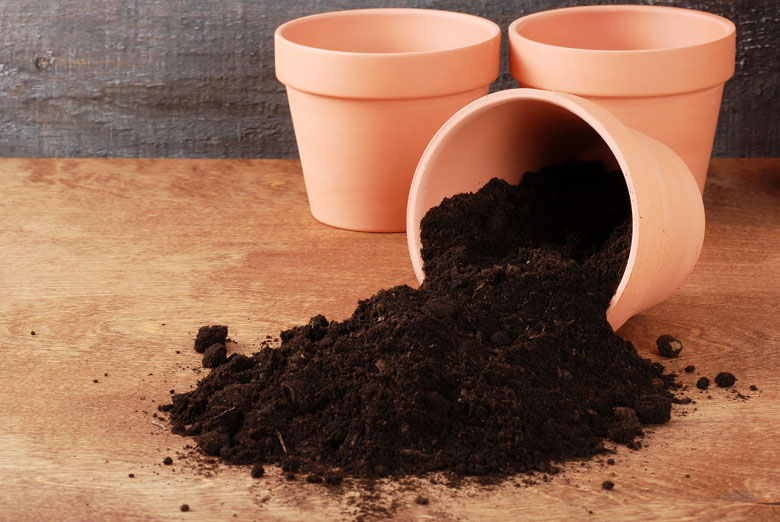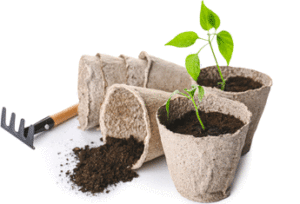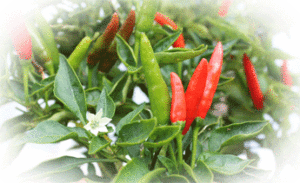 The best soil for growing Chillies
The best soil for growing Chillies
Growing chillies involves more than just planting seeds and watering them occasionally. It’s a journey where we nurture them through every phase of their growth, ensuring they have the right conditions to thrive. This includes growing Chillies in the best soil you can . The soil they grow in is like their home—it’s where they get their food and support to grow big and strong. As chilli enthusiasts, we’re committed to learning all we can about soil care to give our plants the best chance to flourish.
plants the best chance to flourish.
Once chilli seeds sprout, they go through three main stages of growth: first, they’re delicate seedlings, then they grow a lot of leaves and stems, and finally, they start to flower and make fruit. Each stage is like a different chapter in their story, with its own set of needs. At each stage, they have different requirements , so we have to adjust their soil and pots to meet those needs and help them grow well.
In this guide, we’ll dive deeper into understanding what happens to chilli plants at each stage of growth, what they need to eat to stay healthy, and we’ll provide examples of soil mixes that work best for them. By learning these basics, we can take better care of our chilli plants, ensure they’re happy and healthy, and ultimately, reap the rewards of a bountiful harvest. So, let’s roll up our sleeves and get ready to grow some fantastic chillies!
 Seedling Stage
Seedling Stage
During the seedling stage, chilli plants are delicate and vulnerable, requiring a gentle environment to establish strong roots and healthy growth. During their first and second potting’s on, here’s how to create the ideal soil mix for chilli seedlings:
- Light, Well-Draining Soil: Opt for a light, well-draining soil mix to prevent overwatering and waterlogging, which can stunt seedling growth and promote damping-off disease.
- Low Nutrient Concentration: Seedlings don’t need a rich nutrient environment initially. Use a soil mix with minimal nutrients to avoid overwhelming the young plants.
- Fine Texture: Choose a soil mix with a fine texture to provide good seed-to-soil contact and support delicate roots as they establish themselves.
A suitable potting soil for chilli seedlings could consist of one part each of peat moss or coconut coir, seed starting compost (like John Innes), perlite, and vermiculite. This blend provides a light, airy texture with good moisture retention and drainage.
with good moisture retention and drainage.
Vegetative Growth
As chilli plants transition into the vegetative growth stage, they require a nutrient-rich environment to support robust foliage development and stem growth. At this point they will placed into the pots that they will spend the rest of the season in (their final potting on) Here’s how to adjust the soil mix for this stage:
- Nutrient-Rich Soil: Incorporate compost and organic fertilizers into the soil mix to provide essential nutrients for vigorous vegetative growth. A balanced fertilizer with higher nitrogen content promotes leafy growth.
- Maintain Drainage: While increasing nutrient availability, ensure that the soil still maintains good drainage to prevent waterlogging, which can lead to root rot.
- Regular Monitoring: Monitor the soil moisture levels closely, ensuring that the soil remains consistently moist but not waterlogged. Adjust watering frequency as needed based on environmental conditions.
For vegetative growth, consider a potting mix with a base of garden soil or quality potting soil and about 33 percent perlite (to aid drainage) , enriched with compost and a balanced fertilizer. Adding a slow-release organic fertilizer can sustain nutrient availability over time.
Flowering and Fruit Development
As chilli plants enter the flowering and fruiting stage they will already be in their final pots for the season, so the soil that they are already in will not change, however fertilisation should shift to prioritize flower and fruit production. Here’s how to tailor the chilli soil mix for optimal yield:
- Phosphorus Boost: Increase phosphorus levels in the soil to promote flowering and fruit set. Phosphorus-rich fertilizers or organic amendments such as bone meal can support this stage.
- Maintain Nutrient Balance: While phosphorus becomes more critical, ensure a balanced nutrient profile by continuing to provide nitrogen and potassium to support overall plant health.
- Mulching and Moisture Retention: Apply a layer of organic mulch to conserve soil moisture and regulate soil temperature, crucial factors for maximizing fruit set and development.
For flowering and fruit development, consider amending the potting mix with a high-phosphorus fertilizer or bone meal to support flower and fruit formation. Mulching with organic materials can help retain moisture and provide a stable environment for fruit development.
Conclusion
By understanding and adapting to the evolving soil needs of your chilli plants across different growth stages, you can provide them with the nurturing environment they need to thrive and produce abundant harvests. Whether they’re tender seedlings or ripe, fiery fruits, tailor your soil mix to support each stage of their journey towards maturity. Happy growing! 🌶️✨
